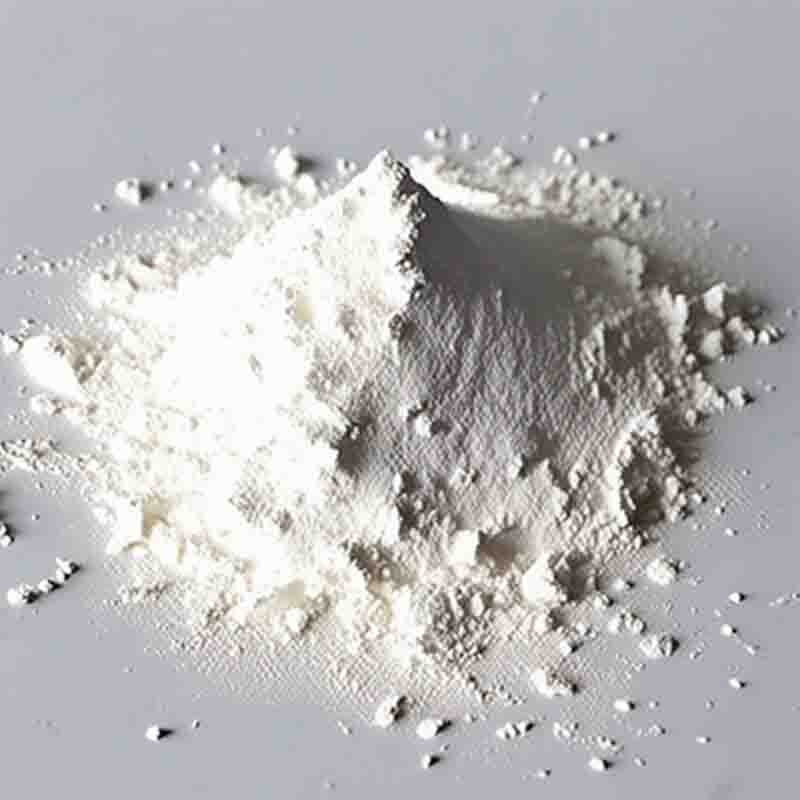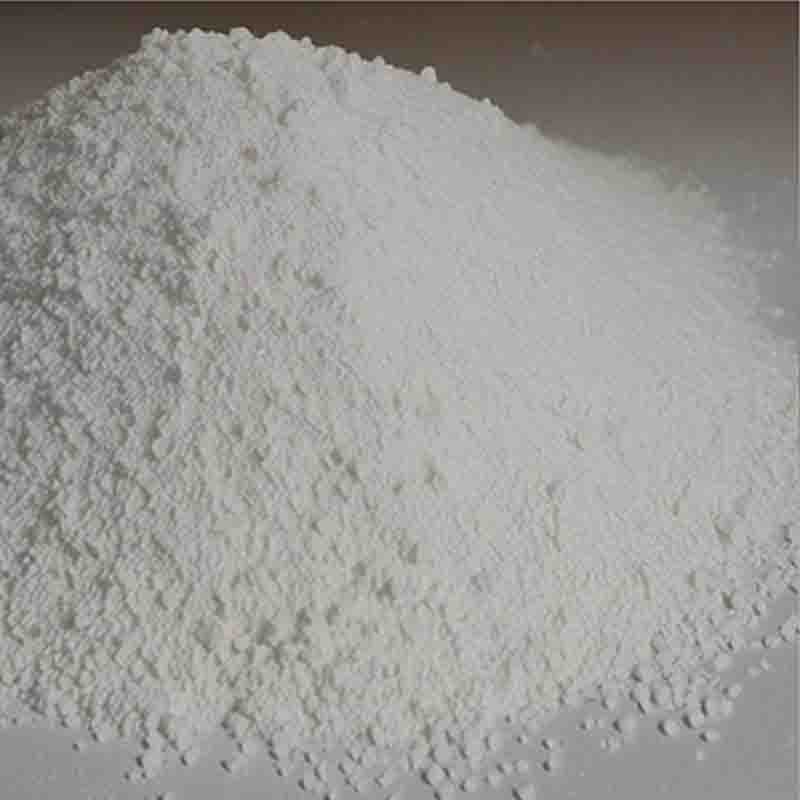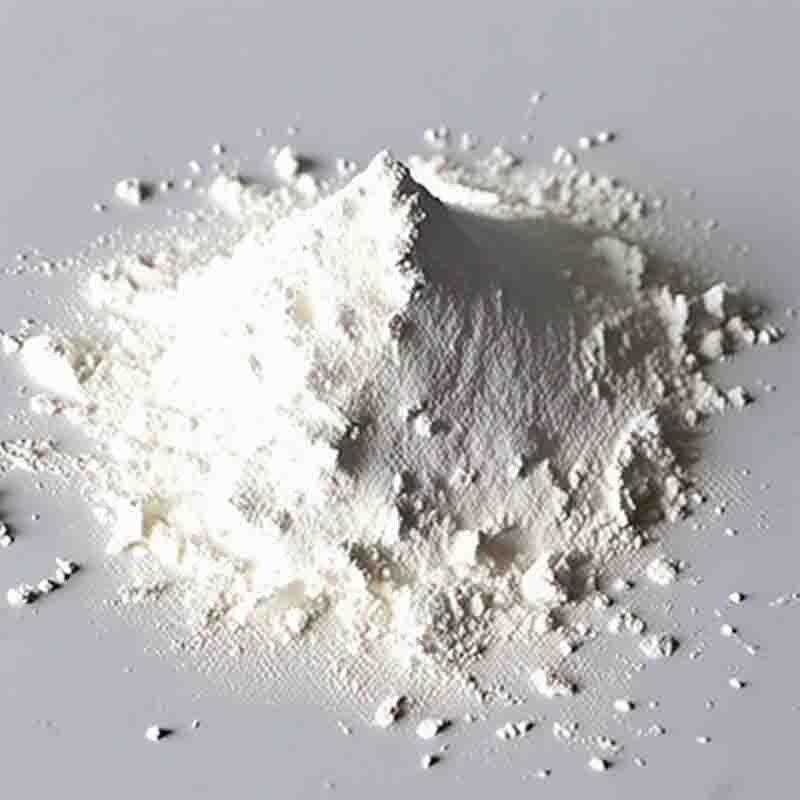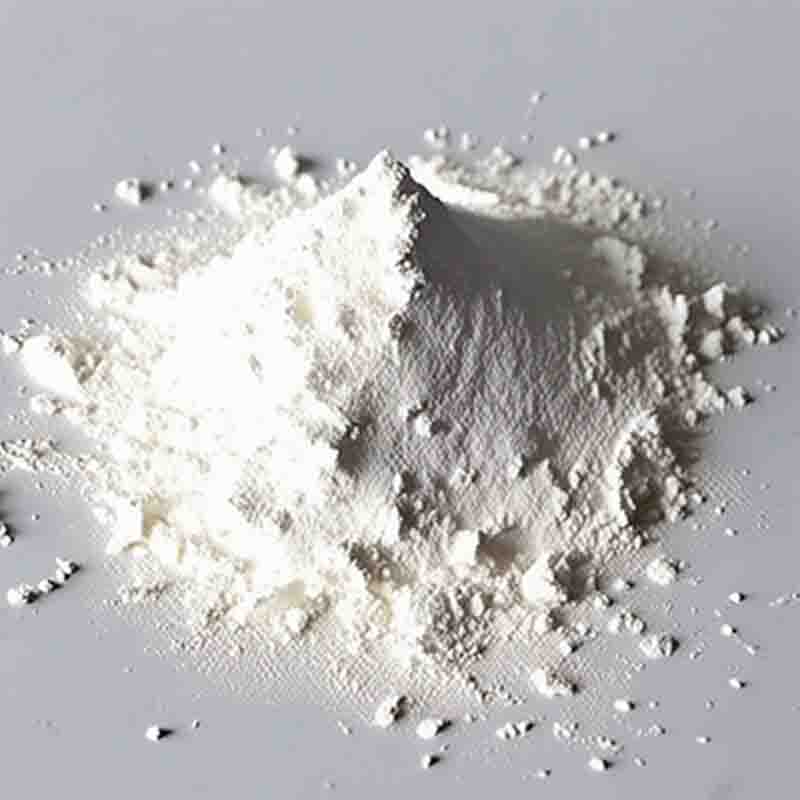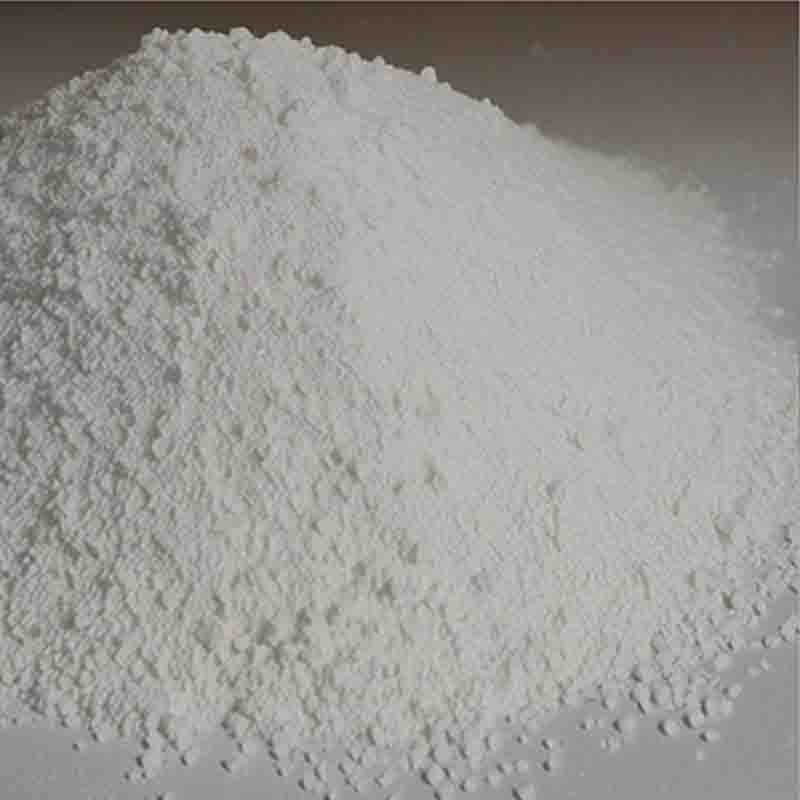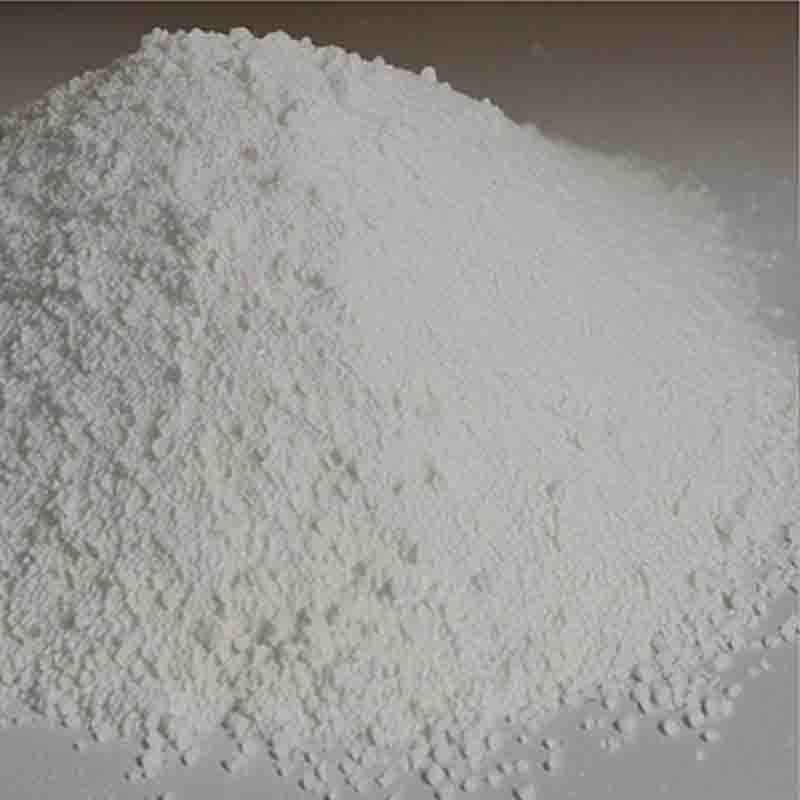Rubidiumnitrate CAS: 13126-12-0
| Catalog Number | XD94816 |
| Product Name | Rubidiumnitrate |
| CAS | 13126-12-0 |
| Molecular Formula | NO3Rb |
| Molecular Weight | 147.47 |
| Storage Details | Ambient |
Product Specification
| Appearance | White powder |
| Assay | 99% min |
Rubidium nitrate, also known as RbNO3, has several applications in various industries.
One of the main uses of rubidium nitrate is in the field of analytical chemistry. It is commonly used as a reagent for the determination of various elements in samples. Rubidium nitrate can be used as a source of rubidium ions in analytical techniques such as atomic absorption spectroscopy (AAS) and inductively coupled plasma-mass spectrometry (ICP-MS). These techniques are widely used in environmental monitoring, food analysis, and pharmaceutical research.
Furthermore, rubidium nitrate finds application in the field of pyrotechnics. It is used as an oxidizer in the production of red-colored fireworks. When combined with other chemicals, rubidium nitrate can produce vibrant red flames, making it a popular choice for pyrotechnic displays.
Moreover, rubidium nitrate can also be used in the production of specialty glasses and ceramics. It can act as a flux, reducing the melting temperature of materials and improving their workability during the manufacturing process. Rubidium nitrate can also enhance the optical properties of glasses, making it useful in the production of lenses and optical fibers.
In addition, rubidium nitrate can find application in the field of research and development. It is used as a starting material for the synthesis of other rubidium compounds, which can have various applications in materials science, catalysis, and pharmaceutical research. Rubidium compounds are also being investigated for their potential use in advanced energy storage systems, such as rechargeable batteries.
In conclusion, rubidium nitrate has versatile applications in analytical chemistry, pyrotechnics, glass and ceramics production, and research and development. Its unique properties and reactivity make it a valuable compound in various industries, contributing to advancements in materials science, chemical research, and technological innovations.


